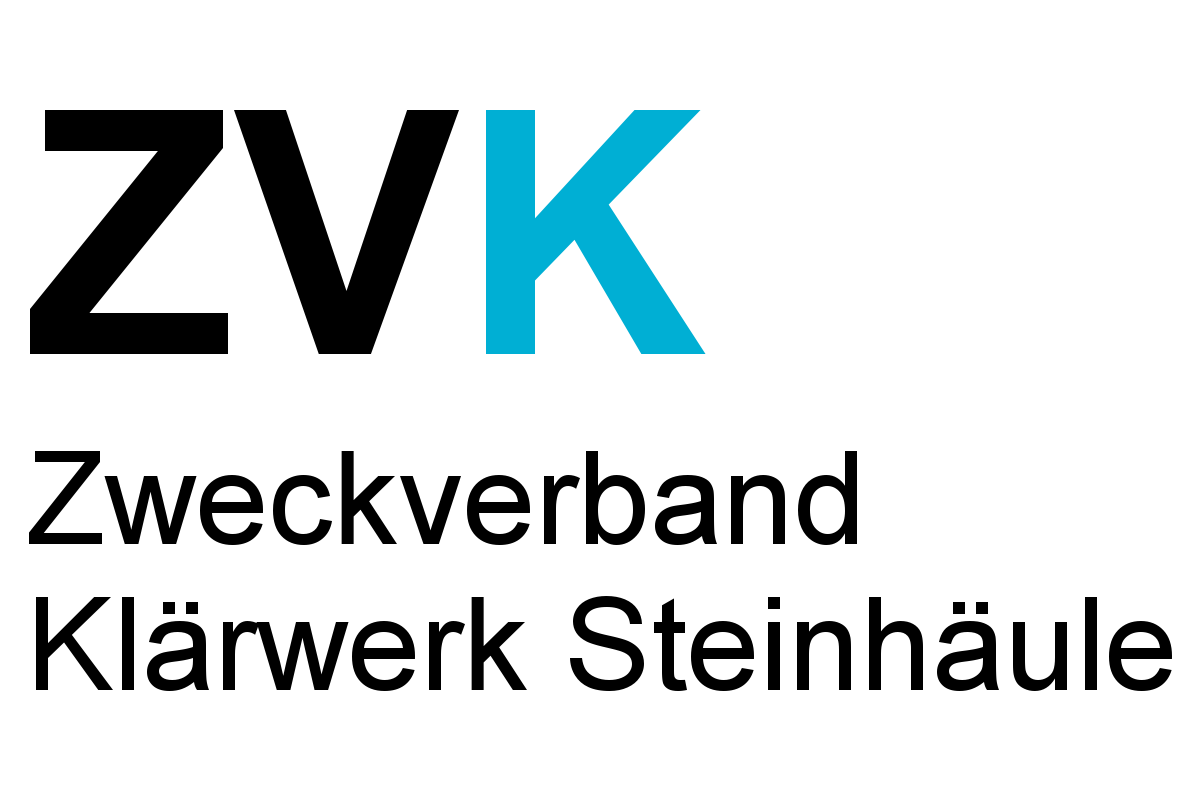Hydrogen production requires large quantities of water. The event will highlight and discuss the synergies of hydrogen production from wastewater in sewage treatment plants and the positive effects on a city's water balance.
- water | water supply | drinking water | water policy
- Thursday 18 July 2024, 13:00 - 17:00 (CEST)
- Neu-Ulm, Germany
- Country
- Germany
Practical information
- When
- Thursday 18 July 2024, 13:00 - 17:00 (CEST)
- Where
- Reinzstraße 189233 Neu-Ulm, Germany
- Languages
- German
- Part of
- Website
- Event website
Description
- The Ulm Steinhäule sewage treatment plant is to investigate whether it makes sense to use an electrolyser that runs exclusively on wastewater on its own premises. This would allow water reuse to be realised and hydrogen production would not burden the city's drinking water supply.
This is particularly important in summer, when high yields from photovoltaics lead to high hydrogen production, but the drinking water reserves are heavily used by the city's population on these hot days and compete with each other. We will be discussing the opportunities, potential and challenges of hydrogen production at the wastewater treatment plant with a number of experts from the fields of water, wastewater and hydrogen production.
The wastewater treatment plant has great synergy potential as it can produce hydrogen using green energy. The resulting waste heat can be fed into a district heating network together with other internal waste heat sources. In addition, the oxygen produced during electrolysis is used for wastewater treatment, which can save considerable amounts of energy.
Above all, however, the wastewater from the sewage treatment plant can be used as a water resource for the electrolyser, which can save large quantities of drinking water. ZVK is organising this event together with Umwelttechnik BW the ZVK, the KIT and the University of Kassel as part of the KA4H2 funding project of the Baden-Württemberg Ministry for the Environment, Climate Protection and the Energy Sector.

